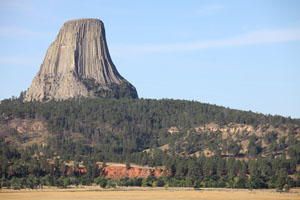
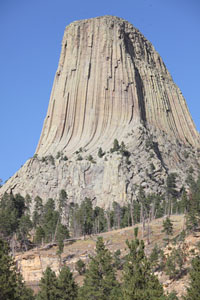
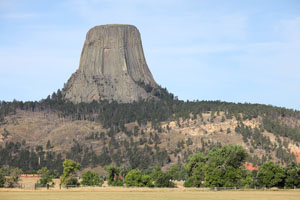
View from Northeast
View from South
View from East
 |
 |
 |
|
View from Northeast |
View from South |
View from East |
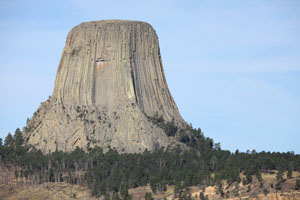 |
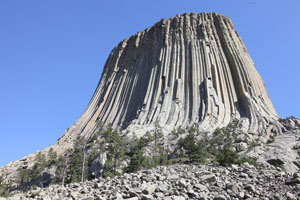 |
View from East |
View from WSW |
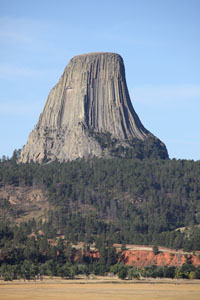 |
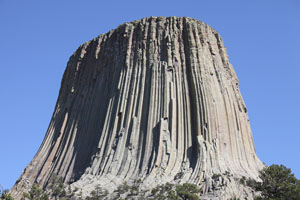 |
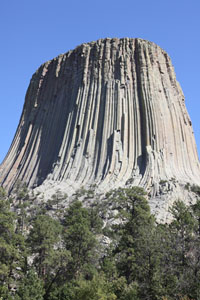 |
|
View from Northeast |
View from West (Car Park) |
View from West |
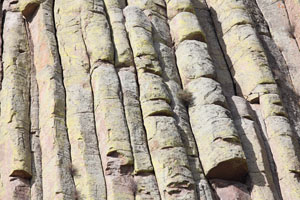 |
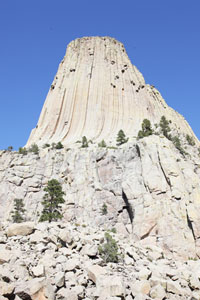 |
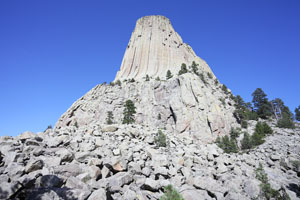 |
|
Close-up of Columns |
Tower with Tallus Apron at base |
Tower with Tallus Apron at base |
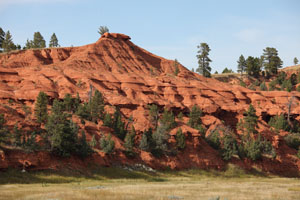 |
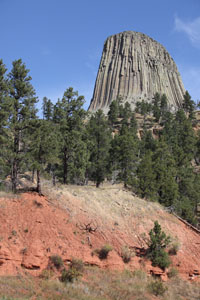 |
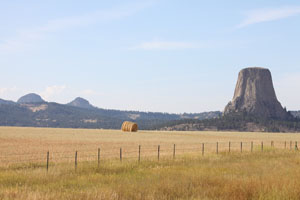 |
|
Red Sandstone of Spearfish Formation |
Tower Rising above Sedimentary Deposits |
2 of Missouri Buttes (left) and Devils Tower |
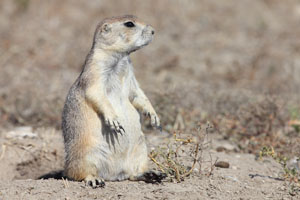 |
|
Black-tailed Prarie Dog |